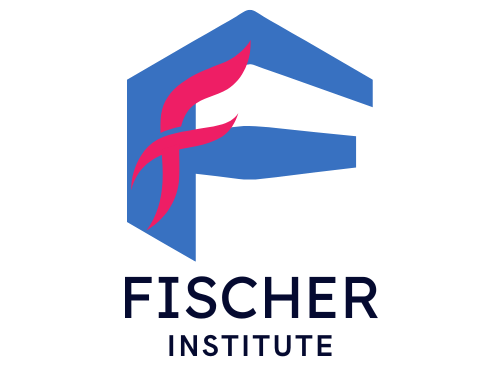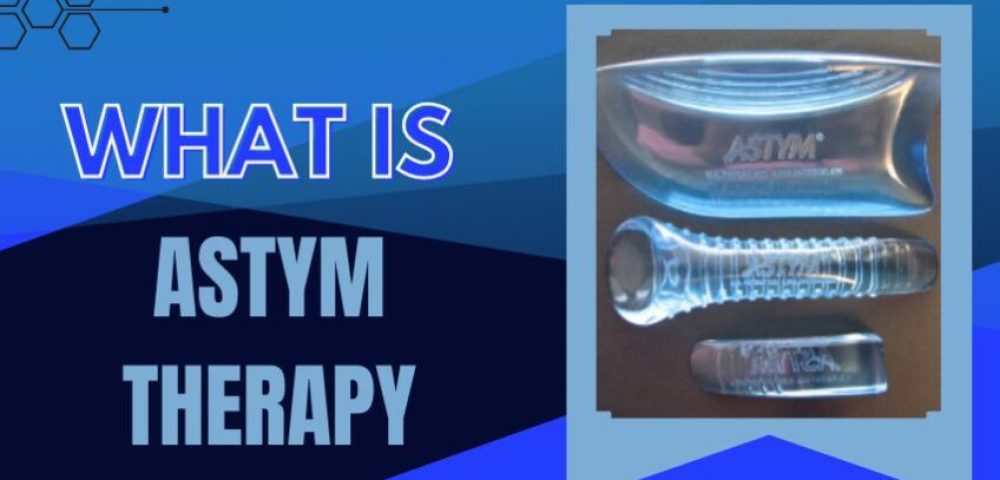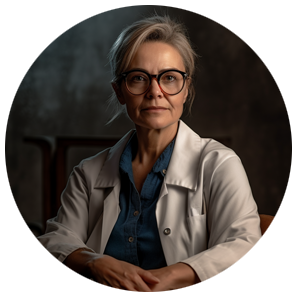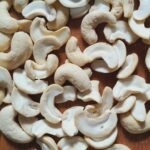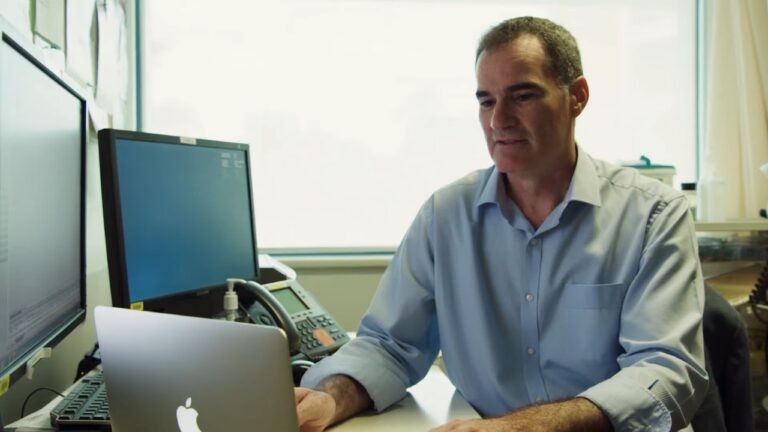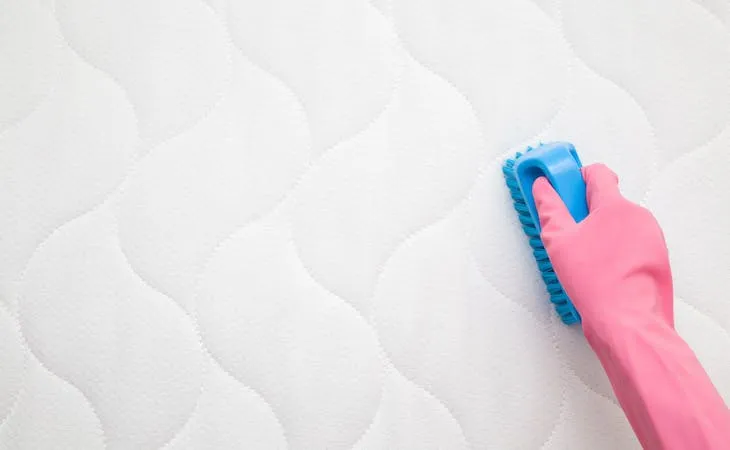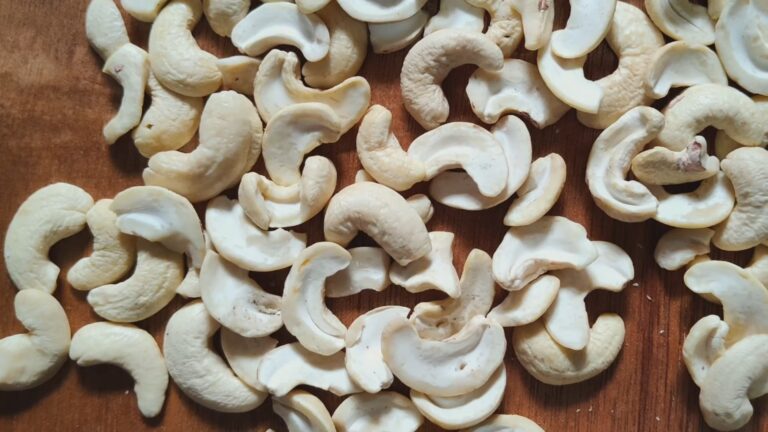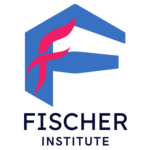Welcome to our blog all about Astym therapy! If you’ve ever heard of it and never researched what it actually is, you’ve come to the right place.
We’ll be exploring the science behind Astym and what makes it such a great treatment for various injuries, so come along for the ride and learn all about this fascinating therapy!
This is an evidence-based regenerative approach to soft tissue therapy. It is designed to restore the healthy, normal function of soft tissues, such as tendons, muscles and ligaments.
Astym therapy does this through the removal of fibrous adhesions, scar tissue and other unhealthy tissue from the site of injury by means of ultrasound-guided treatments with specialized tools.
The goal of Astym therapy is to stimulate the body’s own healing and regenerative process for restoring normal soft tissue structure and function.
This approach was first developed in 1989 by a group of orthopedic researchers at Ohio State University Sports Medicine Center and has since grown into an international program across 16 countries. This method assists with the management or relief of pain caused by soft tissue dysfunctions in a non-invasive way.
The patient typically receives an initial assessment followed by subsequent manual therapies (manual Astym ) or positional training techniques (positional Astym ).
The Astym program may include treatment sessions up to 6 weeks apart and requires dedication from both the practitioner and the patient.
The basic principles of Astym have been adopted over time, evolving into different versions within different professional disciplines internationally together with many studies demonstrating its efficacy in clinical outcomes when used appropriately (Rothermel et al., 2003; Di Sante et al., 2011).
In some cases, it can be used as postoperative care supplementing surgical interventions also (Hackenbracht et al., 2008).
Its mechanism is based on stimulating cellular responses through specific microtrauma during treatments allowing for regeneration instead inflammation for restoration purposes (Scharf, 2012), most specifically addressing scar tissues regarding direct treatment over specific areas not visible by conventional imaging methods such as X-ray or MRI (Anders & O’Connor 2016; Sherry et al., 2018).
Page Contents
Benefits
Astym Therapy (more formally known as quick Soft Tissue Mobilization) is a type of physical therapy designed to restore tissues that have been damaged, weakened, or worn down due to injury or overuse. The treatment is designed to encourage the body’s natural healing process without causing any additional harm.
Studies have found that Astym Therapy can be a beneficial approach to healing multiple types of musculoskeletal pain and injuries.
Benefits of Astym Therapy include reduced pain, improved movement and control in affected joints, improved mobility, regeneration of healthy soft tissues, increased circulation to soft tissue for faster healing and increased strength.
Astym treatments assist in restoring lost flexibility and help return individuals with chronic pain issues back to an active lifestyle quickly.
In addition to its beneficial effects on the healing process, Astym therapy can help prevent future injuries by helping return individuals to activities derived from everyday life as they were doing previously while decreasing their risk of re-injury.
Not only does physical therapy help treat pain caused by injury and overuse; it also makes sure those same structures won’t get injured again in the future.
Treatments administered by a licensed therapist will include customized stretches, strengthening exercises and manual soft tissue mobilization techniques tailored specifically to your needs which are intended to address your specific problem areas or weak links within the affected area’s muscles tendon or fascia directly and efficiently without causing any further damage or impairment.
Astym Therapy is an excellent integrative practice for those suffering from discomfort that primary care options have not adequately addressed.
Types of Conditions Treated with Astym Therapy
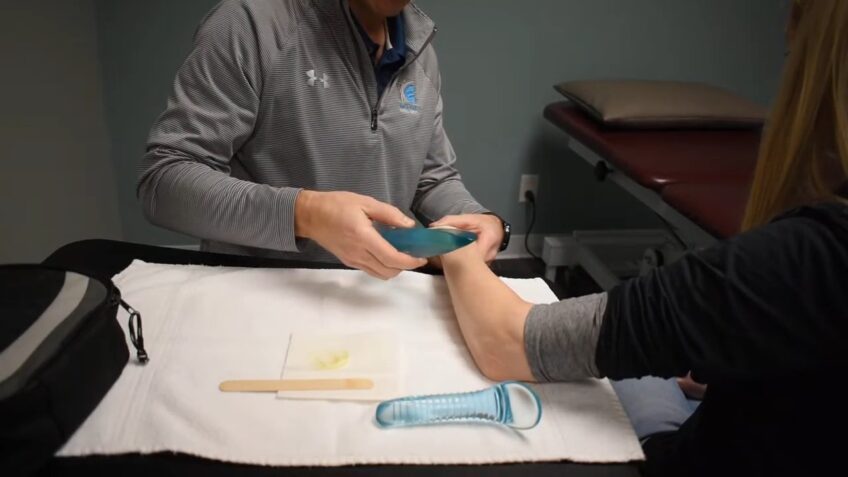
Astym therapy has been shown to help with a variety of orthopedic issues. Generally, it can be used to treat pain, tendonitis, bursitis and scar tissue.
It is effective in restoring functional movement and strength due to muscle or tendon-related conditions and can also be used for stress and overuse injuries.
The science behind is simple – it works by breaking down scar tissue, promoting healthy collagen production and improving the overall function of the affected area.
Some of the common conditions that are successfully treated with Astym therapy include:
• Tendonitis
• Rotator Cuff Tear
• Adhesive Capsulitis (Frozen Shoulder)
• Lateral Epicondylitis (Tennis Elbow)
• Carpal Tunnel Syndrome
• Achilles Tendonitis/Tear
• Patellar Tendinopathy/Jumpers Knee
• Plantar Fasciitis
• Chronic Neck Pain/Headaches
In addition, many competitive athletes use this therapy as part of a performance routine. This type of treatment helps keep athletes at their optimal performance level by minimizing stiffness, restoring normal range of motion, preventing injuries from occurring and reducing post-exercise soreness.
How Astym Therapy Works
Astym therapy is a regenerative and non-invasive technique that helps the body heal itself from musculoskeletal injuries.
It is based on the theory of Applying Science To Your Muscles (Astym) and uses patented Astym treatment tools to precisely detect and target damaged areas.
Treatment starts with a thorough examination of the injured area. During this evaluation, the practitioner is looking for soft-tissue pathology, including scar tissue, trigger points, and fibrosis.
Once identified, these areas are targeted with Astym treatment tools designed to stimulate soft tissues in order to restore function and remove pain.
This therapy protocol calls for specific protocols depending on the particular injury being treated.
Common methods used include a combination of manual techniques such as scratching, scraping, stretching and instrument-assisted soft tissue mobilization (IASTM).
With each technique, it is important that only minimal force be used in order to minimize any potential damage caused by overworking the muscles or connective tissues.
After treatment is complete, patients may be given restorative exercises to help speed up their recovery process by improving strength and flexibility in their injured area.
These exercises should be done as instructed within desired parameters for maximum benefit from your therapy session.
What to Expect During Astym Therapy
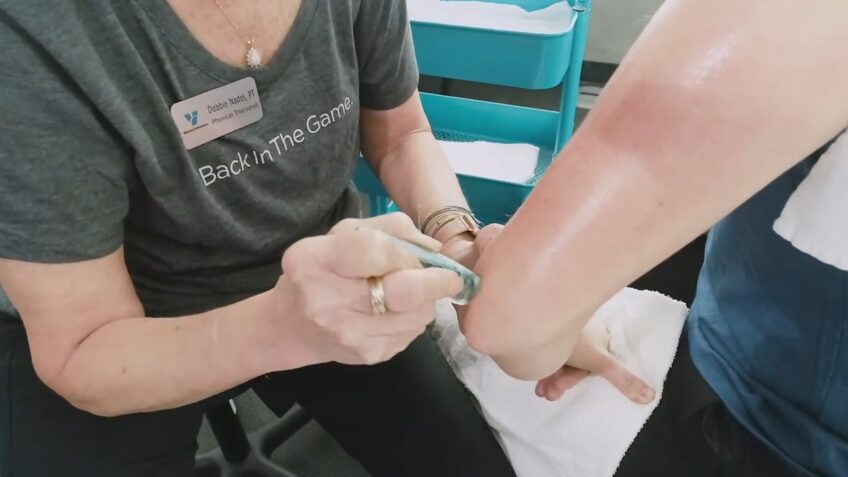
This therapy is an innovative, non-invasive form of treatment geared towards helping bodies heal themselves. Astym stands for ‘Achieving Symptom Transformation with Yield of Motion’ and works to treat soft tissue damage by stimulating the body’s natural healing process.
This therapy uses special instruments to detect and treat ‘problem spots,’ which are areas of soft tissue injury or dysfunction so that muscles and ligaments all over the body start to work better as a unit as opposed to focusing on individual areas.
When attending an Astym session for the first time, there are a few things you should expect:
• A thorough physical evaluation from your therapist in order to determine an individualized approach to your treatment.
• Explanation of what Astym therapy is and how it works before beginning any hands-on treatments.
• A detailed report at the end of your session that reviews what was done as well as instructions for follow-up sessions if needed.
• Guidance on corrective exercises depending on the severity of your condition and areas targeted in your treatment session.
• The use of high principles instruments (such as a mallet) that travel across the injured area to identify where problem spots may be located. After they have been identified we will use massage techniques with Astym tools in order to restore function in these areas by helping improve circulation, tension levels, and flexibility within them.
Risks and Side Effects

In general, Astym therapy is considered safe and well-tolerated by most patients. However, as with any medical treatment, there are some risks and side effects that may be associated with this kind of therapy.
Some patients may experience mild soreness directly after the treatment, but this should subside in a few days. Other possible side effects may include temporary swelling or bruising at the treatment site.
In rare cases, increased pain lasting longer than a few days or infection could occur as a result of the Astym procedure; however these instances are extremely uncommon when performed correctly by an experienced provider.
It is important to talk to your doctor before embarking on any physical therapy regimen to ensure that you know the potential risks and benefits which come with Astym therapy.
Additionally, not all physical therapies may be appropriate for every individual; those with preexisting conditions such as diabetes or high blood pressure should discuss their circumstances with their physician prior to starting a program to ensure the safety and efficacy of the treatment plan.
Cost and Insurance Coverage
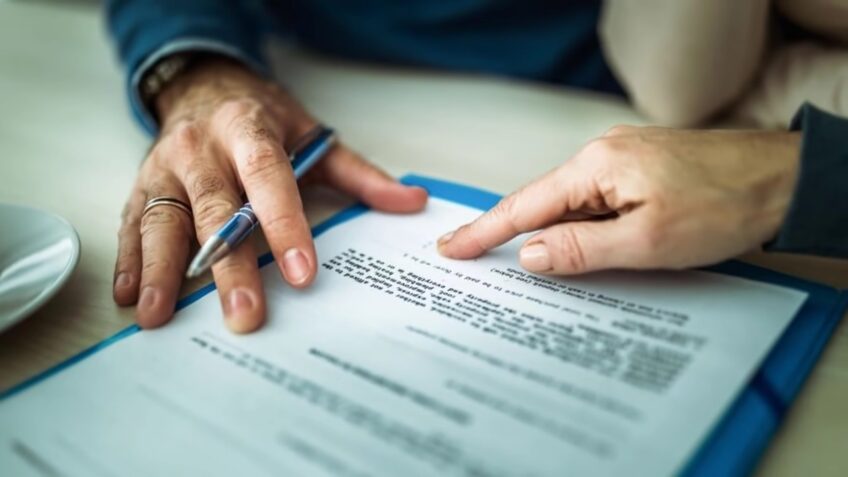
Astym therapy is a form of advanced physical and soft tissue therapy that has been gaining popularity over the past decade. This innovative treatment focuses on regenerating healthy tissue, relieving dysfunction and restoring normal movement patterns so that athletes, weekend warriors and people with everyday aches and pains can return to doing the activities they love most.
The cost of Astym treatments can vary based on provider expertise as well as session duration but typically falls between $100 – $200 per session for professional athletes or those with health insurance coverage. Those paying out-of-pocket often receive discounted rates, so be sure to ask if this applies.
Your healthcare provider may also offer a comprehensive treatment plan that includes multiple Astym sessions as well as other rehabilitation elements such as exercise programs, stretching plans and lifestyle modifications in order to reach your specific goals. Prices for these extended plans will vary depending on the scope of treatments offered but typically fall between $500 -$ 1300.
For those with health insurance coverage, it’s important to note that Astym is considered an accepted medical procedure under Physical Medicine & Rehabilitation (PMR) services so most major insurance providers will cover at least some of the costs associated with the therapy sessions if they are pre-authorized by your primary care provider or specialist.
One should always check with their health care provider prior to seeking Astym treatment in order to determine what out-of-pocket costs may be associated in addition to any deductible payments you might have to make prior to being eligible for reimbursement from your insurer.
Finding a Provider
Finding a physician or physical therapist who is skilled at providing Astym therapy can be difficult, so you may have to do your research to find a provider who performs the treatment.
In addition to checking with American Physical Therapy Association-certified members, there are local organizations such as AMPS (American Medical Physical Society) and SPTSC (Society of Professional Therapists Specializing in Clinical Needles) that certify practice and accredit courses designed specifically for administering Astym therapy.
They update their online database of specialties and certified medical professionals to keep patients looking for an Astym therapist informed and up-to-date with the latest information in their field. Homegrown providers are also often invaluable when trying to locate regional therapeutic services for individuals or their communities.
Once you’ve located certified professionals based on location, board certifications, specialization areas, recommended experiences by patients and other healthcare providers that provide compassionate care – contact these individuals one by one until you find someone most suitable according to your unique needs.
Additionally, many facilities offer physical therapists who specialize in specific treatment areas such as sports-specific therapies, lower back pain treatments or manual therapies including neuromuscular reeducation strategies such as Astym therapy which improve mobility while reducing scar tissue formation associated with acute injuries or cumulative conditions injury resulting from repetitive overuse syndromes like tendonitis and bursitis.
Astrona Knight is the Editor-in-Chief at Fischer Institute, where she shares her extensive knowledge on health and wellness topics. Her insightful articles cover everything from diet and nutrition to mental health, providing readers with practical tips and the latest research findings.
